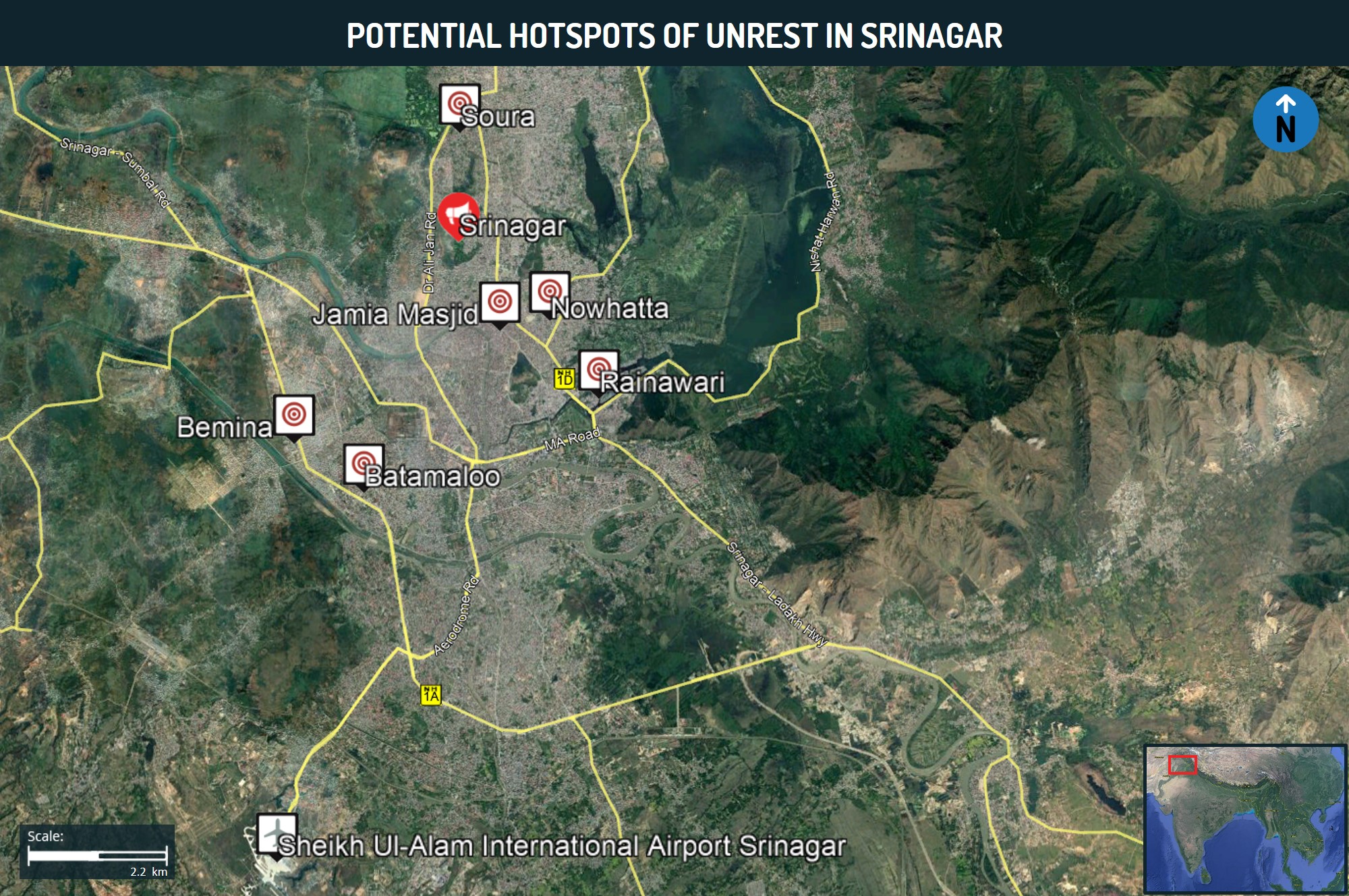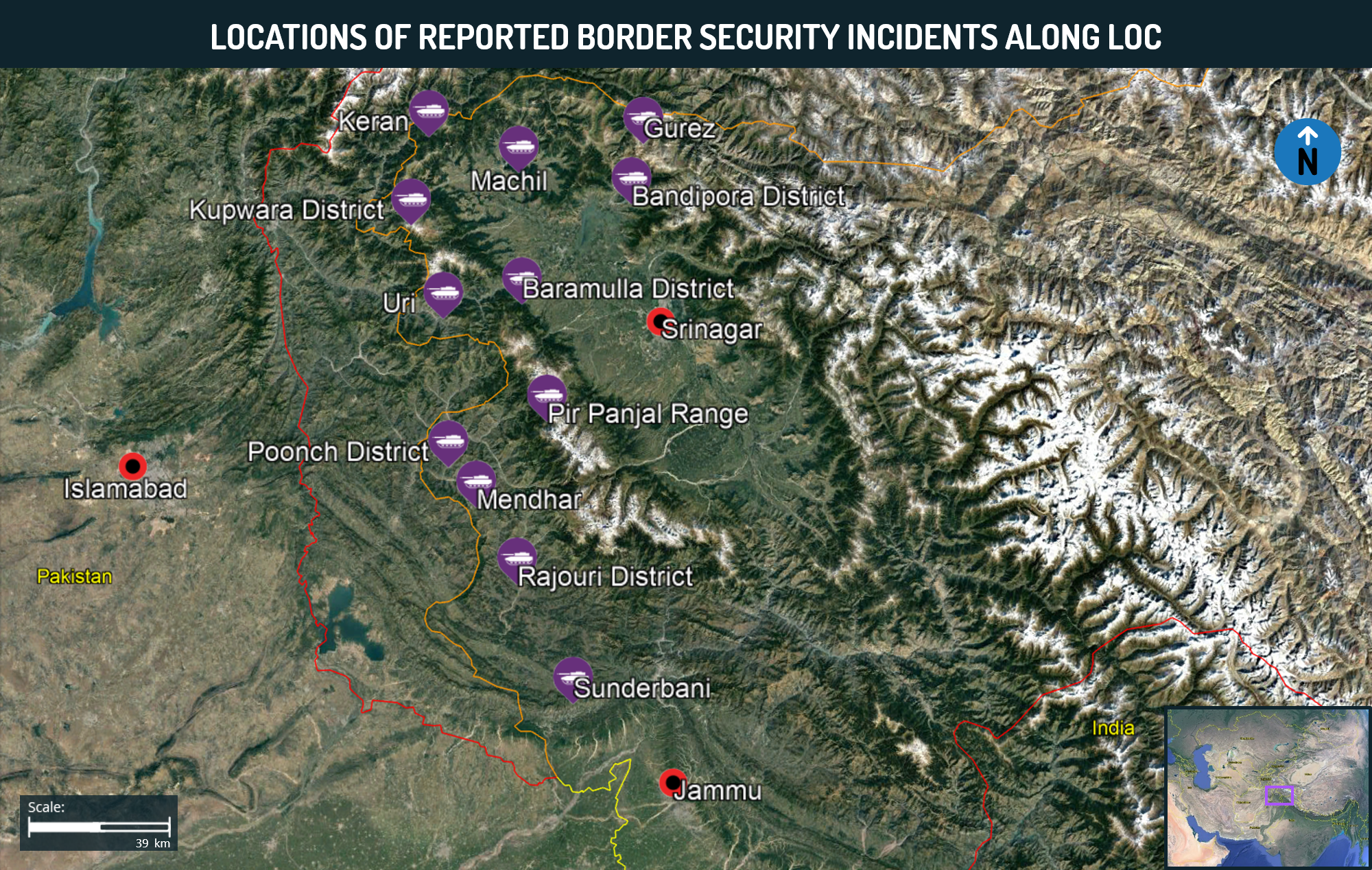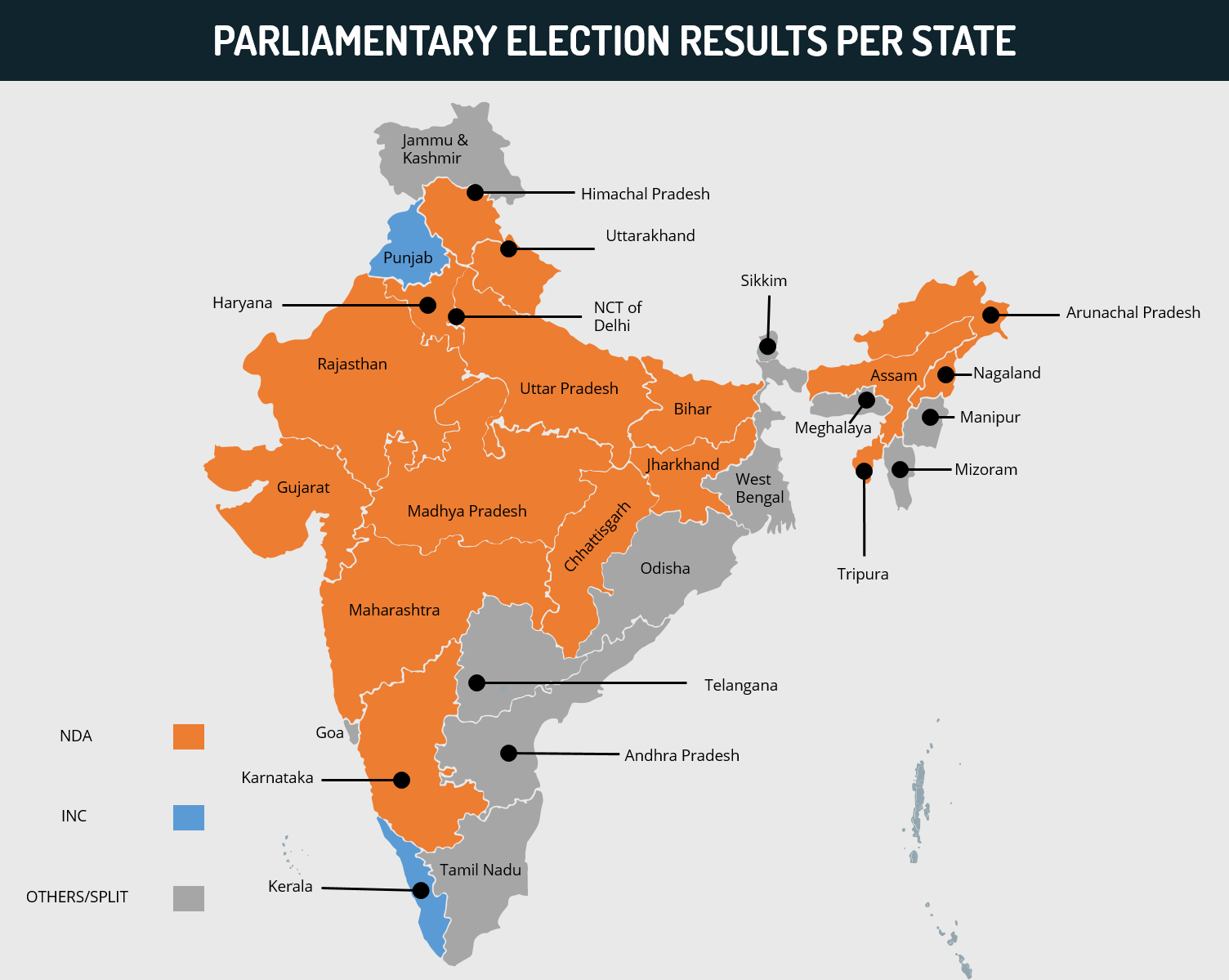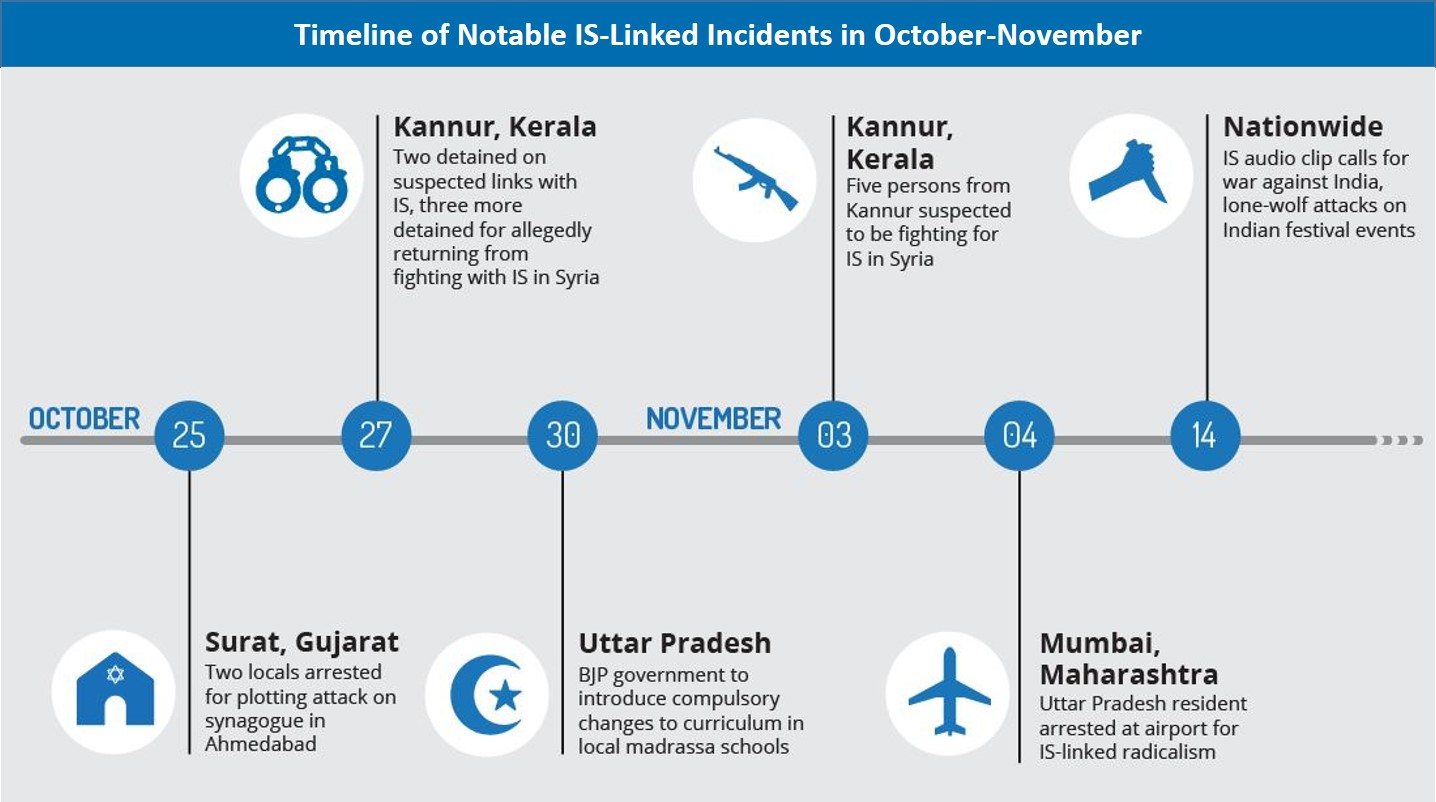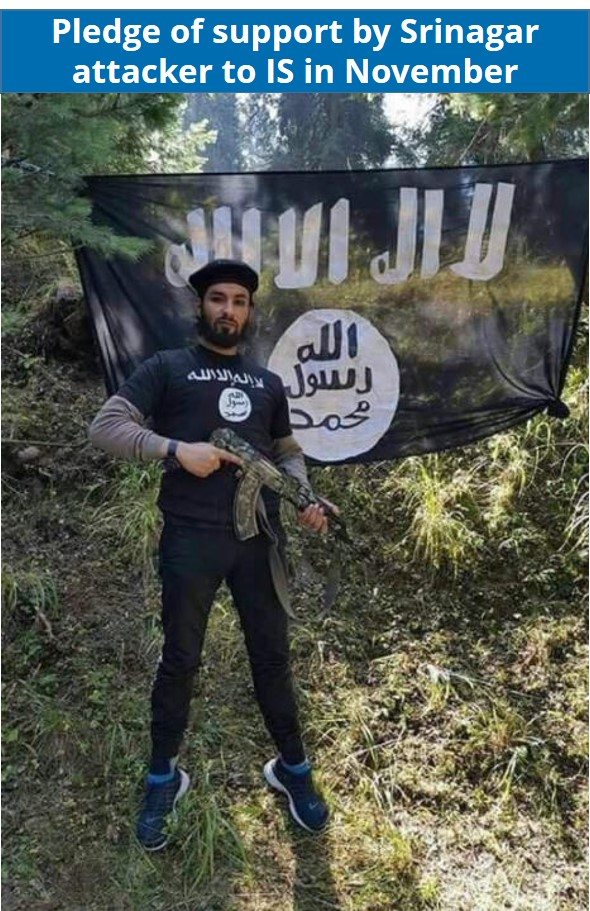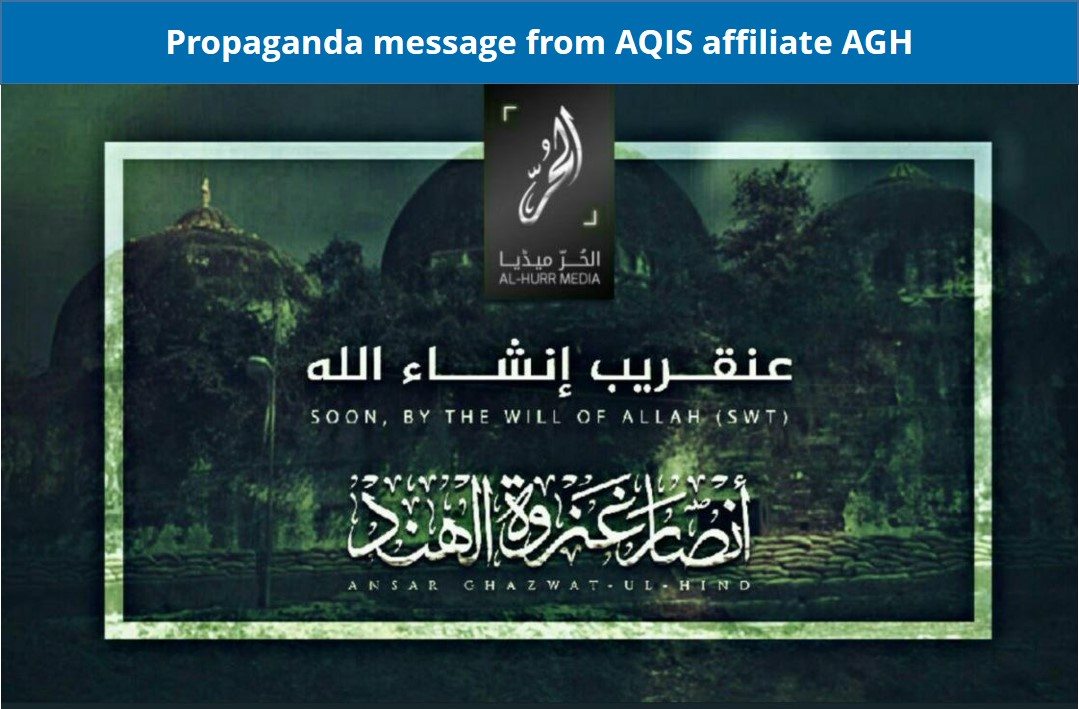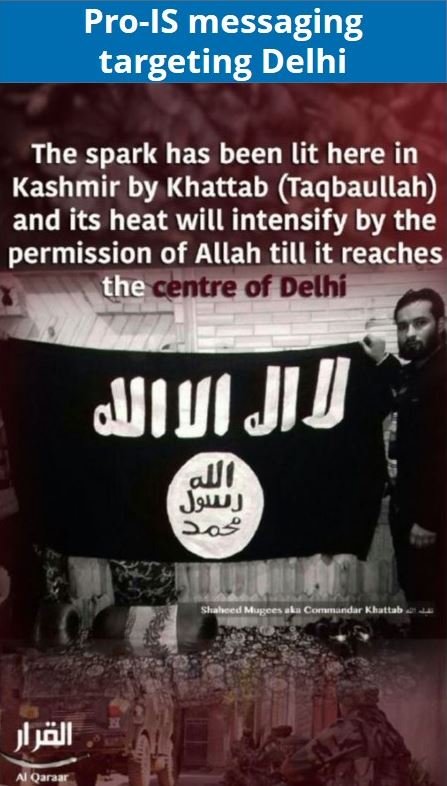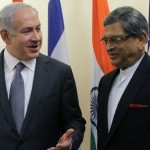Executive Summary
Following the Indian government’s decision to change the status of Jammu & Kashmir, violent protests were recorded in Srinagar and other parts of the region while Pakistan undertook a set of diplomatic measures to protest the developments.
Militant propaganda on the issue will likely see an uptick in the coming days, with an associated risk of sporadic, low-intensity plots. Levels of civil unrest in Kashmir Valley are also expected to rise in tandem.
The situation along the Line of Control and the International Border separating the two countries is likely to remain tense over the coming weeks amid increased ceasefire violations and militant intrusions into Indian territory.
We advise against all travel to Jammu and Kashmir State, with the exception of Jammu and Srinagar cities. Avoid nonessential travel to Jammu and Srinagar at present due to the high tensions over the change in J&K’s status.
Current Situation
On August 5, the Bharatiya Janata Party (BJP)-led government initiated a legislation to change the special status of Jammu and Kashmir (J&K), while a Presidential Order was signed that effectively nullified Article 370 and Article 35A of the Constitution which provided the basis for these status privileges. Communication conduits, including internet access, were restricted over the next few days, resulting in an information blackout in the area.
The Jammu and Kashmir Reorganization Bill was passed in both Upper and Lower Houses of Parliament between August 5-6. Pakistan protested the perceived “illegal move” and downgraded diplomatic ties with India on August 7, while suspending all bilateral trade. It further vowed to seek the intervention of the UN Security Council (UNSC) and take the matter to the International Court of Justice. It also expelled the Indian High Commissioner from Islamabad and closed one corridor of its airspace near its eastern border with India.
Bolstered security protocols have been reported since August 5 in J&K, particularly in Srinagar and the Kashmir Valley region. Violent protests over the changed status of the region have been intermittently recorded, most notably in Srinagar’s Soura area on August 9, when tear gas and pellet guns were allegedly used against approximately 10,000 protesters. Similar violent protests were also reported on August 23.
On August 27, Pakistani security forces reportedly targeted Indian positions in J&K’s Poonch sector, representing the most recent set of ceasefire violations which saw an overall uptick since the end of July.
Assessments & Forecast
Political Aspects of Change in Status of J&K
The BJP-led government’s introduction of the Jammu and Kashmir Reorganization Bill, as well as its cancelation of the applicability of Article 370, is a culmination of longstanding calls for the measure within the party as well as other political groups with similar right-wing nationalist leanings. Its smooth facilitation points to the BJP’s strong floor management in the Upper House of Parliament, where the party is in the minority. The passage of similar legislations prior to the J&K bill, such as the RTI Amendment Bill, the Muslim Women (Protection of Rights on Marriage) Bill, and the National Investigation Agency (NIA) Amendment Bill, served to improve the party’s harmonization with likeminded allies outside of its National Democratic Alliance (NDA). Parties such as the YSR Congress from Andhra Pradesh and the Biju Janata Dal (BJD) appear to be increasingly in step with the BJP’s recent moves, thus bolstering the party’s legislative sway.
The palpable but limited response from opposition parties is likely to due to multiple factors. To begin with, there is a seeming lack of unity among vocally anti-BJP opposition parties on the issue, and this has resulted in multiple, contradicting voices. Examples of this include the Aam Aadmi Party, Bahujan Samaj Party and Telugu Desam Party, which supported the change in J&K’s status, while others such as the Indian National Congress (INC), Dravida Munnetra Kazhagam, and All India Trinamool Congress criticized the move. An effective response has been diminished by post-electoral disarray within some of the major opposition parties, such as the INC. The party has opposed the nature of security measures in the state, with former party president Rahul Gandhi and his colleagues in the opposition being turned back from Srinagar when attempting to visit the state. However, the party’s opposition to the manner in which the status changed occurred, and not against the change itself, will be viewed as politically-motivated and is unlikely to elicit significant support. A similar anti-incumbent stance from the Janata Dal United (JDU) is liable to strain relations between the party and its occasional ally, the BJP, ahead of the 2020 Bihar elections.
FORECAST: Over the coming weeks and months, activist groups and political parties will increasingly seek to challenge the change in the status of J&K through legal means, especially by seeking court orders against bans on their travel to the state. Protests in major cities are liable to continue at their current sporadic levels, largely carried out by left-wing parties such as the Communist Party of India – Marxist Leninist (CPI-ML) as well as Kashmir solidarity campaign lobbies. There continues to be an elevated risk of counter-protests by right-wing nationalist groups and an associated risk of violence. Law enforcement is also liable to be less accommodative of mass protests over the issue, especially if taking place near major government buildings or sensitive installations of this nature. General activism over the issue can be expected to rise closer to the Supreme Court hearing in October on pending petitions regarding Kashmir.
Civil Unrest in J&K
FORECAST: In the immediate term, there is a high threat of civil unrest in the Kashmir Valley, particularly in Srinagar. As restrictions on internet and telecommunications are gradually being rolled back, the capability for mobilization both among separatist parties as well as disaffected locals has increased. As indicated by protests on August 23, security force responses will include stringent dispersals, with a greater likelihood of mass rallies after Friday prayers. At-risk areas in Srinagar include Jamia Masjid and the general Nowhatta area, Rainawari, Bemina, Batamaloo, and particularly Soura, where residents have intermittently mobilized in large numbers in recent weeks.
Jammu also remains a hotspot for inter-religious tensions, as was witnessed earlier this year during riots in February over the suicide vehicle-borne IED attack against a security convoy in Pulwama area of south Kashmir. Areas in the old city such as Gujjar Nagar, Kharika Talav, Jewel Chowk, Bathindi, and Shaheedi Chowk are particularly sensitive, with a propensity for clashes between Hindu and Muslim communities, as well as attacks on Kashmiri-owned businesses. Meanwhile, Ladakh has seen far fewer tensions over the bifurcation, largely due to agreement with the move among its Buddhist-majority demographic. That said, Shiite organizations in Kargil have caused shutdown protests in recent weeks, with the lack of a state legislature in the newly-formed Ladakh to be an added point of contention. While the situation is not as volatile as the unrest in Kashmir Valley, rallies can be expected to continue in Kargil, Drass, and Sankoo, with a risk of forcible police dispersals and clashes.
Militancy in Kashmir Valley
Overall, militant activity has been limited in scope since the imposition of high-security measures and restrictions on communications in the state. FORECAST: However, statements by militant leaders such as Riyaz Naikoo of Hizbul Mujahideen (HM) and Masood Azhar of the Pakistan-based Jaish-e-Mohammad (JeM) presage a growing long-term operational focus on stepping up plots in Kashmir Valley. Such plots will likely be constrained in the immediate term due to the additional troop deployments and generally enhanced security vigilance, but isolated shootings and grenade-lobbing incidents against security forces and government functionaries remain likely over the coming weeks and months.
A more pronounced propaganda push can be expected by the United Jihad Council (UJC), the umbrella group of separatist militant outfits in Kashmir, in order to increase recruitment on the back of widespread local disaffection. This is particularly expected in south Kashmir hotspots such as Pulwama, Anantnag, and Shopian. Transnational jihadist interests such as the al-Qaeda-affiliated Ansar Ghazwatul Hind (AGH) will also seek to tap into discontent among youth sections at this critical juncture. These groups will likely paint the bifurcation of J&K as a result of the Kashmiri political movement’s failure and will present mobilization on sectarian and Islamist lines as an alternative. Given that the government’s decision has polarized the narrative surrounding Kashmir, this tactic is liable to bear fruit for more radical entities like Islamic State Hind Province (ISHP), with recruitment numbers likely to go up. This is likely given that many see jihadist ideals and the separatist militancy as related constituents of broader resistance movements against Delhi’s perceived encroachment.
Inter-State Armed Conflict & Ceasefire Violations
FORECAST: Over the coming weeks, localized escalations will continue along the Line of Control (LoC) and International Border (IB), as has been witnessed in recent weeks. From Pakistan, shallow raids into Indian territory by members of Border Action Teams (BATs), comprising special operations forces and mujahideen, are foreseeable. This was witnessed in a foiled attack by a BAT team in Keran sector of India’s Kupwara District in early August. This is likely driven by a strategy of depleting the morale of Indian security forces by targeting isolated posts, despite the broader positional advantage held by Indian forces in areas north of the Pir Panjal Range like Keran, Tithwal, and Tangdhar.
Such efforts may also aid infiltration attempts into Indian territory by groups such as the Lashkar-e-Taiba (LeT), especially in areas such as Gurez sector inBandipora, Machil sector in Kupwara, and Uri sector in Baramulla. As of writing, sources indicate that the Pakistan Army has deployed over 100 Special Services Group (SSG) commandos along the LoC. Considering BAT teams are generally led by SSG elements, this speaks to the threat of skirmishes in the forward areas over the coming days.
FORECAST: The current pace of ceasefire violations is also likely to be sustained, particularly in areas south of the Pir Panjal range, including the Krishna Ghati sector in Poonch. This will likely be motivated by a desire to inflict casualties on Indian forces through small-sized tactical escalations, while also providing cover fire for infiltrating sub-groups of militants, although infiltrations south of the Pir Panjal remain a rare occurrence. Similar violations are also likely at locations situated north of the Pir Panjal including Baramulla. Escalations will likely be defined by small-arms and mortar fire, as well as the occasional use of anti-tank guided missiles (ATGMs) and artillery guns. These altercations may spike closer to October 31, when J&K will be officially bifurcated into two distinct territories.
In the context of the reported repopulation of militant launchpads and deployment of SSG commandos, there is also a latent possibility of more assertive actions from the Indian military in the near future, especially in order to check the movement of militants across the LoC and IB. This may take the form of cross-border raids on suspected militant launchpads in known hotspots like Leepa Valley. However, such engagements will be limited in scope and carefully calibrated to avoid a major escalation of armed conflict as was witnessed in late February after the airstrikes in Balakot, Pakistan. Specifically, cross-border actions may include raids on launchpads by Ghatak commandos, or crack teams representing each infantry battalion. This is given that these units have a better sense of the terrain and loopholes in Pakistani defenses due to their extended deployment in their respective operational areas. These elements, alongside special forces teams, are also expected to undertake counter-actions against BAT teams in mined areas along the LoC.
Outlook for Diplomatic Actions & Geopolitical Impact of Move
Pakistan’s response is largely representative of its attempts to control the narrative surrounding J&K while showing solidarity with disaffected sections of Kashmiri society. The cutting of diplomatic ties is particularly significant given that the last expulsion of envoys from either nation was in 2002 after a militant attack on the Indian Parliament by Pakistan-based groups. Islamabad has attempted to keep the Kashmir issue alive in multilateral forums like the UN, including by calling for an emergency UN Security Council meeting on August 16 and by petitioning the UN Human Rights Council on August 27.
This is likely an attempt to turn international opinion against India on matters such as alleged abuses by the security forces in Kashmir. This appears to be informed by concerns that its claim on disputed parts of the territory will be even less credible in the event that Delhi’s control on Kashmir is made permanent and separatist voices are rejected. Despite its attempts to draw multilateral diplomatic intervention in the issue, Pakistan’s campaign is unlikely to develop the requisite support within the international community to force India to roll back its current moves on J&K.
Islamabad likely sees the US as a trusted neutral party, especially following Pakistan Prime Minister Imran Khan’s visit to the US in July and President Donald Trump’s offer to intercede in the conflict with India. However, Washington will be wary of overextending itself in this currently tense scenario, as it seeks to balance its relations with both countries. This is particularly given the US’ broader geopolitical considerations, including growing economic engagement with India. Meanwhile, Russia’s August 28 declaration affirming Kashmir to be India’s internal matter may be seen as another blow to Pakistan’s prospects.
FORECAST: Failure to achieve concrete results on the international front may spur greater frustration domestically with the Pakistan Tehreek-e-Insaf (PTI) government, prompting protest campaigns from hardliner religious parties such as the Jamaat-e-Islami (JeI). Opposition groups such as the Pakistan Peoples Party (PPP) and Pakistan Muslim League-Nawaz (PML-N) may also stage protests to undermine Prime Minister Imran Khan’s ability to manage the current conflict. Local perceptions that the UN or the US have failed to intervene substantially may also result in a slightly elevated anti-Western sentiment during such protests.
On the other hand, China is likely to continue backing Pakistan’s claim regarding the perceived illegality of the change in the status of J&K, as suggested by its lobbying in diplomatic circles. This is driven by the fact that 6,000 square km of the broader Kashmir region lies in its territory, with pending disputes existing over several other areas in parts like Ladakh. Beijing’s focus on Kashmir was recently illustrated by joint air force exercises with Pakistan at a location 300 km north of Leh in the Ladakh region. That said, the on-ground impact of China’s support for Pakistan on Kashmir will likely be minimal and is unlikely to affect the security situation. While the UK seemed to back China’s request for meetings on the issue, this does not necessarily reflect its definitive stance on Kashmir and may be viewed as an attempt to placate its sizable domestic constituency of individuals of Pakistani descent. This may also have been a bid to bridge prevailing differences between China and the UK on the ongoing protests in Hong Kong.
Recommendations:
Travel to Delhi and other major Indian cities can continue, while travelers are advised to maintain vigilance for security risks associated with frequent, large demonstrations as well as potential militant threats targeting government buildings, security installations, large crowded public places, or religious sites.
We advise against all travel to Jammu and Kashmir, with the exception of Jammu and Srinagar cities. Avoid all travel to border areas along the LoC due to the risk of conflict and armed exchanges.
Avoid nonessential travel to Jammu and Srinagar at present due to the high tensions over the change in J&K’s status. Travel to Ladakh can continue, while maintaining heightened vigilance in Kargil and reconfirming authorities’ updates on travel conditions.
Avoid the vicinity of all protests over the J&K issue in major cities across India due to the latent risk of police action or counter-protests.

